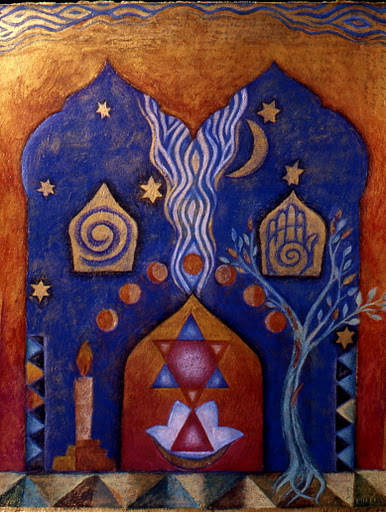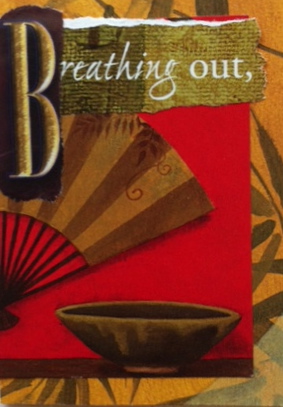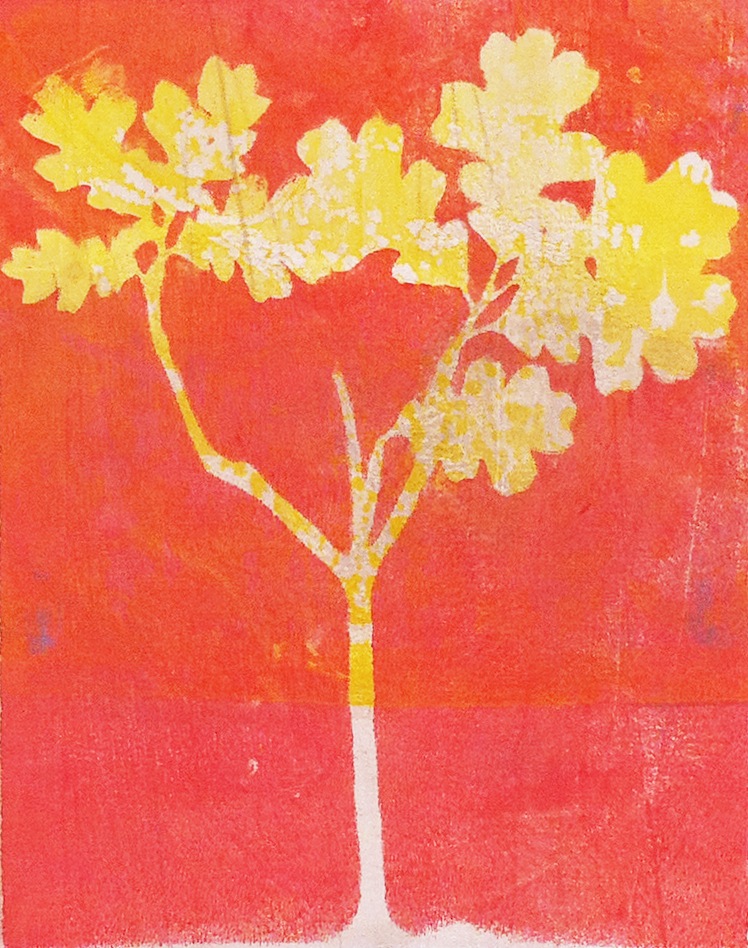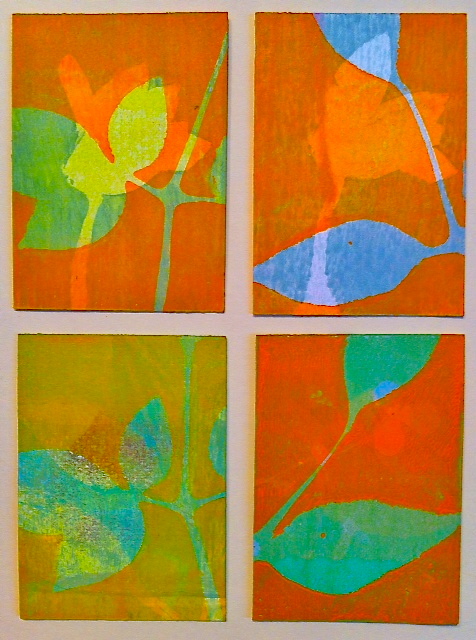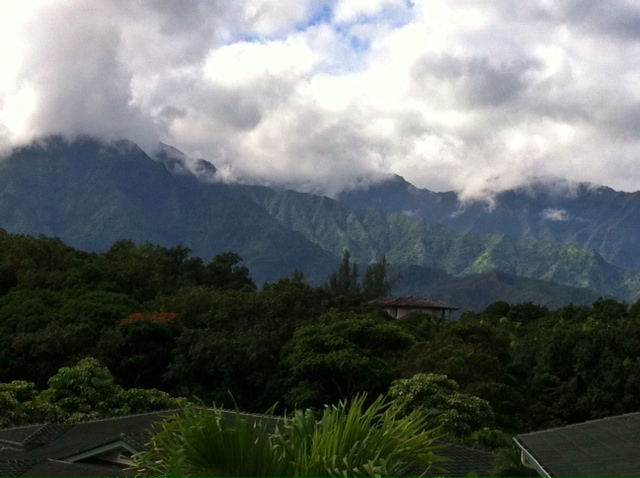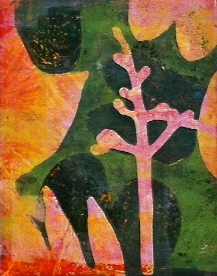"What's new?" One of our pediatric doctors asked me recently. "What is new?" I asked myself, flipping through my mental rolodex for an answer. What came out surprised me. "I've decided to see the hospital as an ashram," I replied. I told her about going to see the "Yoga*" exhibit at the Asian Art Museum in San Francisco.
Her reply: "We should turn the whole hospital into an ashram." Although this particular doctor comes from India, her answer took me by surprise, but not for long.
Ashram is a Sanskrit word and it describes a place where people go to study the many practices of yoga, particularly meditation and selfless service. It is a place people go who seek inner peace.
Both of us are interested in and passionate about palliative care, and I knew of her recent work using hypnotic techniques for pain control. She has a deep and healing presence--but ashram?
As I spoke, I remembered a moment from my museum visit. We were touring the exhibit with a docent who was explaining a particular yoga posture when spontaneously, another woman with long gray braids bent down on the floor and demonstrated the pose.
When the docent moved on to the next image, an image of the 7 chakras, or energy centers, the same woman offered to describe the various centers to us. When she reached the top chakra, the Sahasrara, (said to connect us to a higher source of awareness), she teared up, a kind of spontaneous expression of her love for yoga.
Watching her brought up memories of my own years of practicing yoga and the benefits which I've experienced.
I remembered this as I explained my view of the hospital as ashram to the doctor: seeing our environment as a learning place--and not just medical learning, but one in which I take on the personal challenges that arise during the day, looking at them not as a thorns in my side, but as opportunities to gain understanding, learn something that I may have been stumbling over for years.
I joked that sometimes it didn't seem as if I were there to help the patients...and the doctor finished my sentence: "you're here to learn about your self."
I don't expect that many people share this view, but I was touched in that moment, surrounded by beeping IV poles, flashing lights and overheard pages, that someone would stop to share a moment of peace. Peace. Patients. Patience.
*Entitled "Yoga," the artworks featured in the exhibition date from the 2nd to the 20th centuries. Images ranging from benevolent deities and gurus to Tantric goddesses and sinister yogis reveal how yoga practices—and perceptions of them—have transformed over time and across cultures.


